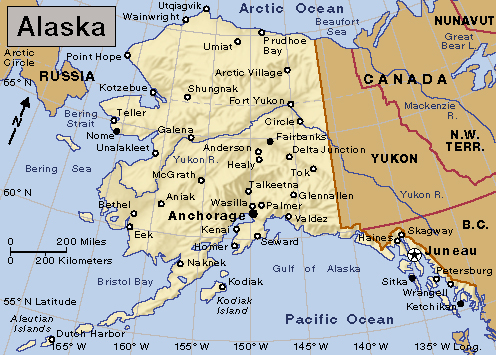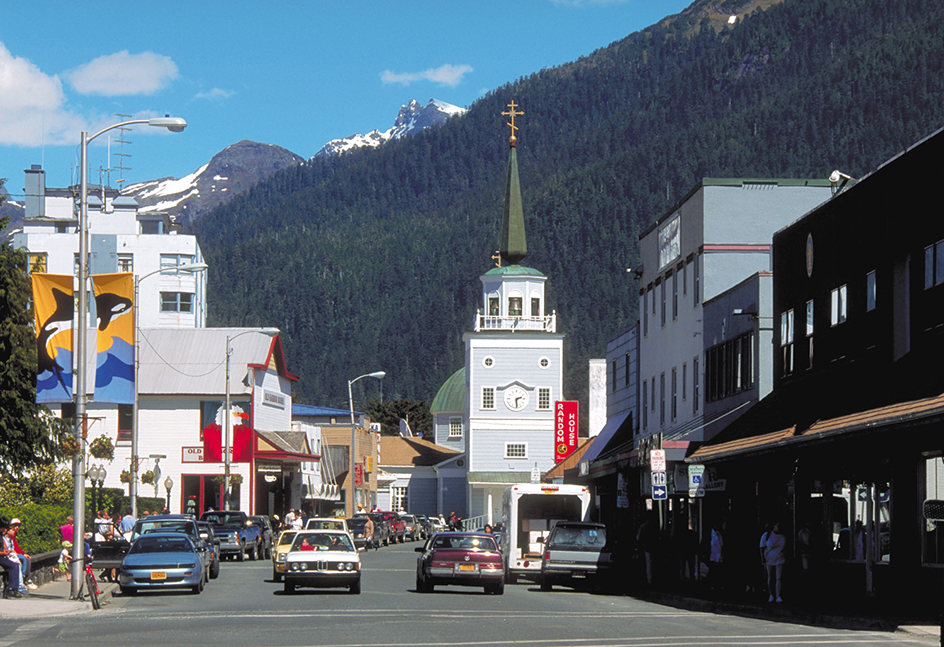Sitka, << SIHT kuh, >> Alaska (pop. 8,458), is one of the oldest cities on the west coast of North America. It lies in southeast Alaska on the west coast of Baranof Island.

No roads lead to Sitka. The city can be reached only by air or water. The Indigenous (native) Tlingit people make up about 10 percent of the population, and Sitka is a center of Alaska native arts and culture. The city is the home of a campus of the University of Alaska Southeast. Sitka’s attractions include St. Michael’s Cathedral, the Sheldon Jackson Museum, Sitka National Historical Park, and Castle Hill. The hill is the site of the 1867 ceremony in which ownership of Alaska was transferred from Russia to the United States. Sitka hosts a classical music festival each June.

Sitka’s largest employer is the SouthEast Alaska Regional Health Consortium, which operates a large hospital for Alaskans. Commercial fishing and fish processing are important economic activities. The catch includes black cod, halibut, and salmon.
The Tlingit people lived in the Sitka area centuries before Russian traders arrived in the late 1700’s. Alexander Baranof (also spelled Baranov), a Russian trader, built a trading post several miles north of present-day Sitka in 1799. The Russians expanded the post and established a fort there. Tlingit warriors repelled the Russians and destroyed the fort in 1802. Russian forces soon returned to the area, and Baranof founded Sitka on its present site in 1804. From 1807 until 1867, Sitka was the capital of Russian America and the headquarters of the Russian-American Company’s sea otter fur-gathering enterprises. It was the capital of the U.S. district of Alaska from 1884 until 1900. In 1972, the City of Sitka merged with the Greater Sitka Borough to form the City and Borough of Sitka. Sitka has a council-manager form of government.
